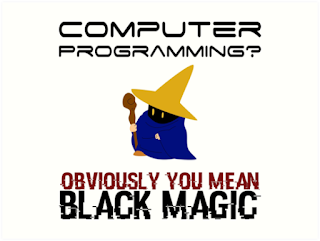The way you talk with your child can help them to understand science and math
https://wkow.com/news/top-stories/2018/12/24/the-way-you-talk-with-your-child-can-help-them-to-understand-science-and-math/
Although there are two points that I would like to consider:
- I suspect that the additional time spent with your kids has a bigger impact than the subject matter.
- The story focused on very little kids with concepts that they will almost definitely will pick up later if you don't introduce those ideas. However, if they are the last ones to learn those concepts then they might be embarrassed and will shy away from Science, Technology, Engineering, and Mathematics (STEM).
I know adults that would be hesitant about which way to turn an object if I said, "Please rotate that to the left." They definitely can figure it out but they are not comfortable with the language.
Of course, the same phrase, "rotate to the left," could mean something different to someone from a different part of the world but that consideration is about teaching to consider context.
You might be thinking that this is a silly little thing to put any thought into but imagine what it means to rotate an array to the left or right. Or to rotate a multidimensional array. You quickly start to get into college level computer science and mathematics. And we're still just talking about how to orientate your perspective.
Anyway, I like this story because at the heart of the news story is encouragement for parents to spend more time with their kids and to impart their knowledge.
















